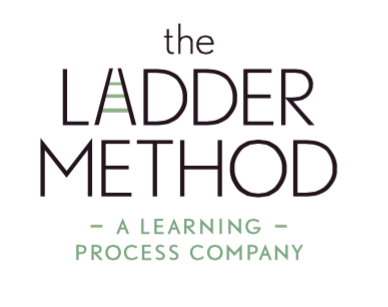How to Ace the ISEE: The Inside Scoop
So, your child is getting ready to take the ISEE or Independent School Entrance Exam. This test is used to determine admission to private middle schools and high schools. It is known as one of the more difficult standardized tests. Here’s everything you need to know about this important test, and how to ace it.
Levels:
One of the unique things about the ISEE is that it is broken into different levels based on the grade. Students entering grades 2 through 4 sit for the Primary Level exam, kids entering 5 and 6 sit for the Lower Level exam, kids entering 7 and 8 sit for the Middle-Level exam, and kids entering grades 9 through 12 sit for the Upper-Level exam.
What this means for you and your student is that the ISEE, unlike the ERB, does not test at grade level. Your child will be questioned on content from multiple grades, and as such will need to be comfortable with years of information. This is the reason the ISEE is considered such a difficult exam. Here are the sections, as well as the slight time differences that characterize the different levels.
Scoring and Structure:
As you can see above, the ISEE is broken up into four sections. Verbal Reasoning is a vocabulary section. It tests your child’s capability to use words in context but also tests on vocabulary words alone. This means that memorization of these words is a crucial part of the study process.
Quantitative Reasoning is the most intimidating section. It strikes fear in the hearts of many of our children. This is due to the time limit, combined with the style of questions. The quantitative reasoning section asks GRE-style questions, where the student is asked to solve two problems and then answer which value is greater. With the time limit already bearing down on them, these kinds of questions can often send students spiraling.
Reading comprehension is all about the time limit. There are four passages with questions based on each. The key to this section is being able to read the passages quickly and answer questions as the student reads, rather than spending too much time on the passages and becoming rushed on the questions.
Mathematics Achievement is more simple math questions than Quantitative Reasoning. This section is where the grade level issue comes into play most of all. If your student is in fifth grade and is excellent at math, they will still be asked questions meant for sixth graders. This is very scary for students.
The scoring is almost as difficult as the test itself. At the most basic level, the score is given in a percentile rank from 1-99 based on the number of correct questions. From there, the percentile score is broken into nine percentile groups known as “stanines.” The staines range from 1-9. The final ISEE score is given as to which stanine the student falls into. Here are the stanines with the percentile rank they fall into.
So, for example, if a student is in the 75th percentile, they receive a 6 as their final score.
IMPORTANT SCORING NOTE: The ISEE does not penalize students for guessing on questions, so students should be encouraged to fill out all the bubbles.
How Do I Ace It?
The answer, as always, is good preparation! We have students who train with us for over a year getting ready for this test. This gives them time to go over the content that REINFORCES their current grade level, which helps with the multiple grade levels.
Students should also study FOR THE STRUCTURE OF THE TEST. Since the ISEE is such a long exam, students should study not just the content, but how to work under the conditions of the test. Our sessions for ISEE prepare two hours minimum, in order to work with kids on the simple practice of sitting still and focusing for that long. For a consultation with our staff on your child’s ISEE studying process, contact us here!
Sources:
https://cardinaledu.files.wordpress.com/2012/11/isee-time-breakdowns.jpg










The-erb-vs-the-isee-what-is-the-difference. There are several key differences between the ISEE and the ERB. Here they are!